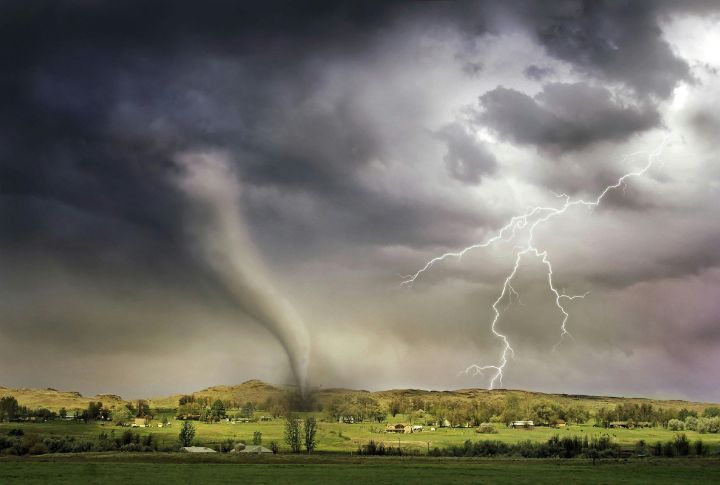
Nature has always communicated with us in ways we often miss or dismiss. The world around us is constantly shifting, and subtle signs—like the sudden stillness in the air or a strange change in the sky—can be nature’s way of warning us about what’s to come. So, here are 20 signs that will help you tune into nature’s subtle messages so you can respond with confidence when the elements start to shift.
Sudden Temperature Drops
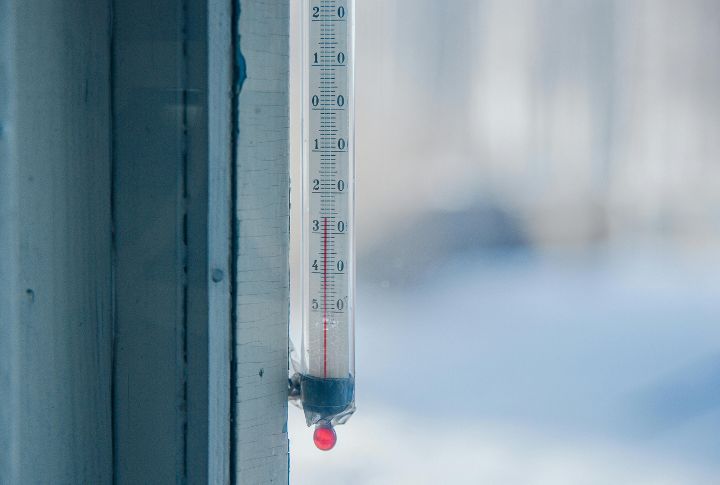
When the temperature plunges unexpectedly, it’s a sign of rapid atmospheric changes. Cold fronts often bring harsh weather, including thunderstorms or tornadoes. A sharp drop can happen in minutes, signaling the arrival of a storm. When the air cools quickly, take it as a cue to prepare for the worst.
Unusual Animal Behavior

Animals have a keen sense of impending weather changes. Cats may hide, while dogs could start acting restless. Birds might alter their flight patterns, or cows may huddle together. These behaviors are nature’s way of warning you about changes in atmospheric pressure or a storm.
Darkening Sky and Greenish Tint
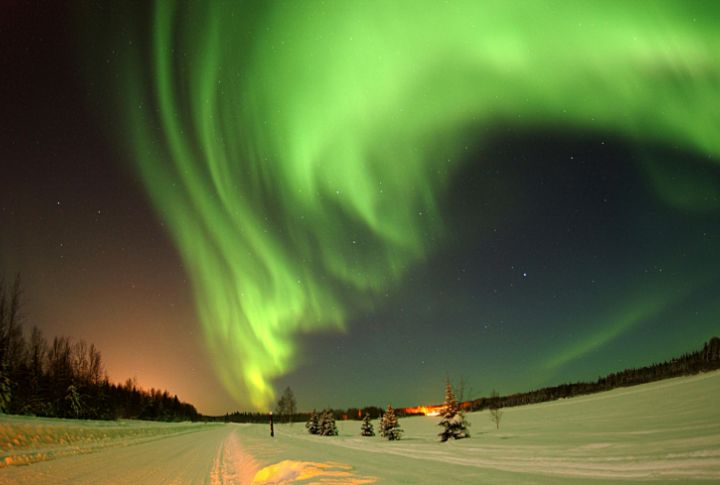
A sky that shifts to a greenish hue can signal a powerful storm is near. This phenomenon occurs when sunlight scatters through dense, hail-heavy clouds. Often, these storms bring intense rain, lightning, or even tornadoes. When you see the sky take on this eerie green color, seek immediate shelter.
Too Much Stillness in the Air

A sudden, heavy stillness in the air often precedes severe weather. Winds may completely die down, and the atmosphere feels unnaturally calm. This momentary quiet happens just before thunderstorms or tornadoes strike. The calm is deceptive as the storm builds momentum.
Shifting Winds

In summer, a sudden change in wind speed or direction often means a shift in atmospheric pressure. Coastal areas, in particular, may see this as a sign of an approaching storm or hurricane. Nature communicates its next move through these shifts.
Rising River Levels

Rivers can rise fast after heavy rainfall. Rising water levels signal the possibility of flash floods, especially in areas with rapid runoff. Keep an eye on the water levels in your area. If they start rising rapidly, move to higher ground immediately.
Insects Swarming in Odd Patterns

Insects swarming in unusual patterns often signal environmental changes. A sudden spike in mosquitoes may indicate rising stagnant water or humidity. Similarly, swarms of ants or locusts can signal upcoming weather events like storms or droughts.
A Change in Cloud Patterns
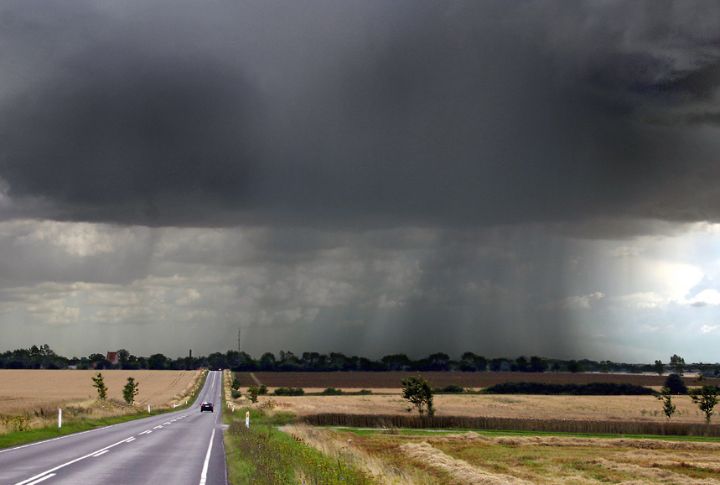
A change in cloud patterns points towards shifting weather. Dark, towering clouds typically indicate storms or heavy rain, while wispy cirrus clouds suggest a weather front is approaching. Fast-moving or shifting clouds can signal changes in atmospheric pressure, like an incoming cold front or storm.
The Smell of the Air Before Rain

Before a storm, the air changes, and it carries a distinctive, earthy smell. This “petrichor” scent comes from oils released by plants and the ozone produced by electrical discharges in the atmosphere. It’s a sign that the air is saturated and rain is imminent.
Birds Flying Low

Birds flying low often signal changing weather. As atmospheric pressure drops, they instinctively fly closer to the ground to avoid turbulence. This behavior usually occurs before storms, heavy rain, or cold fronts, offering an early warning of shifting weather.
Damp or Sticky Air
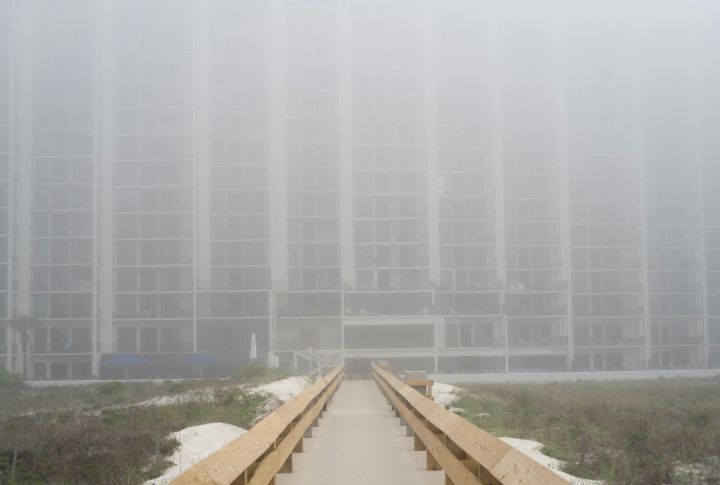
High humidity means there’s more moisture in the atmosphere, making conditions ripe for thunderstorms or even hurricanes. If the air feels unusually muggy and oppressive, it’s a natural indicator that the weather is about to shift, potentially bringing rain or drastic temperature drops.
An Increase in Mosquito Activity
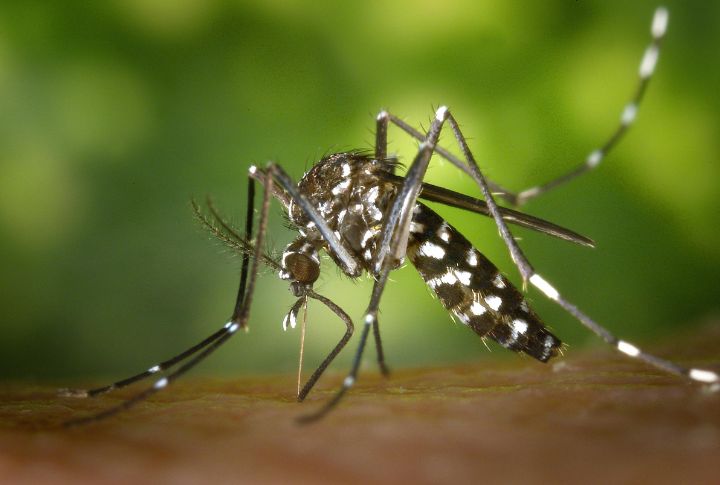
Mosquitoes thrive in humid, warm conditions and are more active before or during rainstorms. A surge in their numbers may indicate local water sources are harboring larvae, raising the likelihood of a downpour or flooding. It could also signal a rise in vector-borne diseases.
The Sun’s Appearance

Changes in the sun’s color can signal upcoming weather shifts. A red or orange sun, particularly in the morning or evening, could indicate a nearby storm, especially when the sky is hazy or smoky. Alternatively, it could be due to dust or pollution.
Cracking or Bubbling Soil
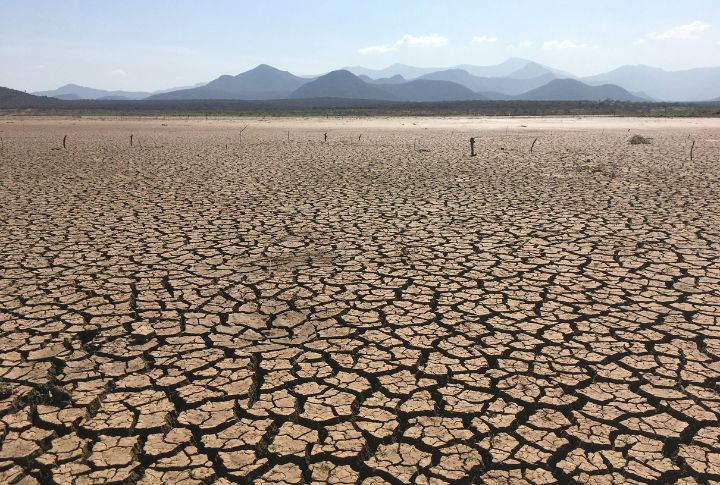
Cracked soil appears during droughts as the earth dries and shrinks, revealing deep fissures. Conversely, bubbling soil may signal an underground water source rising to the surface, often due to flooding or changes in water pressure. It can also indicate a natural gas leak or seismic activity.
A Sudden Drop in Animal Sounds

A sudden drop in animal sounds can be a powerful indicator that nature is signaling a change. Many animals are highly attuned to environmental shifts and can sense impending weather events before humans do. They seek shelter or quiet when anticipating impending weather events.
Water Becoming Murky

Murky water can mean several natural changes. In rivers, lakes, or ponds, increased sediment in the water occurs after heavy rainfall or flooding, as runoff stirs up particles from the ground. Additionally, persistent murkiness could point to pollution or changes in the ecosystem.
Unusual Plant Growth Patterns

Plants react to the environment, and any noticeable changes point to an incoming weather event. For example, when a plant starts growing too quickly or shows signs of wilting unexpectedly, it might indicate a shift in soil moisture, temperature, or humidity.
Swelling of Animal Tracks

As humidity rises or rain approaches, the soft ground absorbs moisture, causing footprints to appear larger and more pronounced. Animals, too, leave deeper, more visible marks on the dampened earth. If you notice unusually prominent tracks, it may be a sign that wet conditions are on the way.
Sudden Increase in Waterfowl Activity

Waterfowl, like ducks or geese, can often be spotted gathering in unusual places before a storm. These birds are sensitive to changes in pressure and will seek shelter or migrate early when bad weather is coming. So, next time you see a waterfowl behaving oddly, prepare for some turbulent weather.
The Feeling of Static Electricity

Before a thunderstorm, you might notice a strange sensation of static electricity in the air. Your hair may stand on end, or you might feel a tingling on your skin. Such static buildup happens when the atmosphere becomes charged with energy, often just before lightning strikes.
